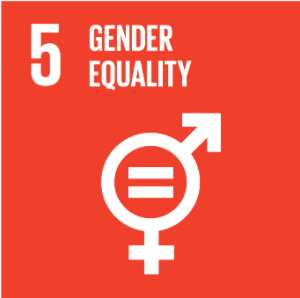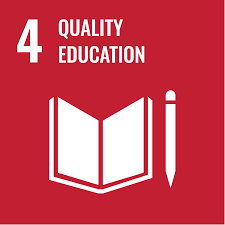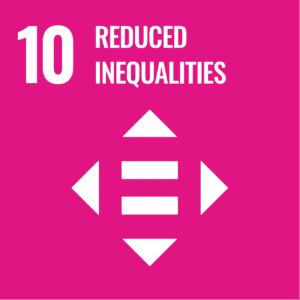VOL 1 No 2, 2024 Research Article
Bisweswar Chakraborty
Assistant Professor, Department of English, Government General Degree College, Lalgarh, India
DOI: https://doi.org/10.21659/jsae/v1n2/v1n205
[Article History: Received: 17 Mar 2024. Revised: 10 Jun 2024. Accepted: 18 Jun 2024. Published: 23 Nov 2024]
Abstract
Composed in the late 16th century, the Bengali woman poet Chandrabati’s Ramayana retells the Ramkatha stories with a distinctive female voice that narrates the familiar story of women’s suffering rather than of masculine heroism. Belonging to the Bengali genre of folk narratives variously known as pala gaan, this version of the Ramayana stands in clear affinity with the several narratives about women’s tragic lives that comprise a distinct type of pala literature. It centralizes Sita’s agonizing experiences. Sita’s character becomes the primary narrative tool through which Chandrabati’s verse narrative subverts the traditional patriarchal representation of her character. She (Chandrabati) challenges the mythology from the point of view of the gendered subaltern and makes Sita occupy the centre stage pushing back Rama to the margin.
Written with a unique narrative technique this verse narrative is told through a “baromasi” – a woman’s plaintive refrain about everyday sorrows that venture into mythical intertextualities, Chandrabati questions the woman-centric point of view to understand, analyze, and interpret religion and remains critical of the dominant male ideology. The narrative authority of the female voice becomes even more assertive with the addition of the poet’s own life story, which serves to set this revision of the customary Ramkatha within a discourse on women’s self-perception. The paper intends to explore how a woman’s narrative raises crucial questions regarding wifehood, motherhood, the female psyche, the various forms of oppression that women go through, and the overall position of women in a male-dominated society. It is a woman’s text, an atypical refashioning of the Ramayana story which starts with a river in Sita’s village and her miraculous birth. While maintaining some of the basic plot points, Chandrabati’s short, humble Ramayana in Bangla takes artistic liberties that few ‘Ramayanas’ of the time had taken.
Keywords: Ramayana(s), pala literature, intertextuality, religion, gender, narrative




